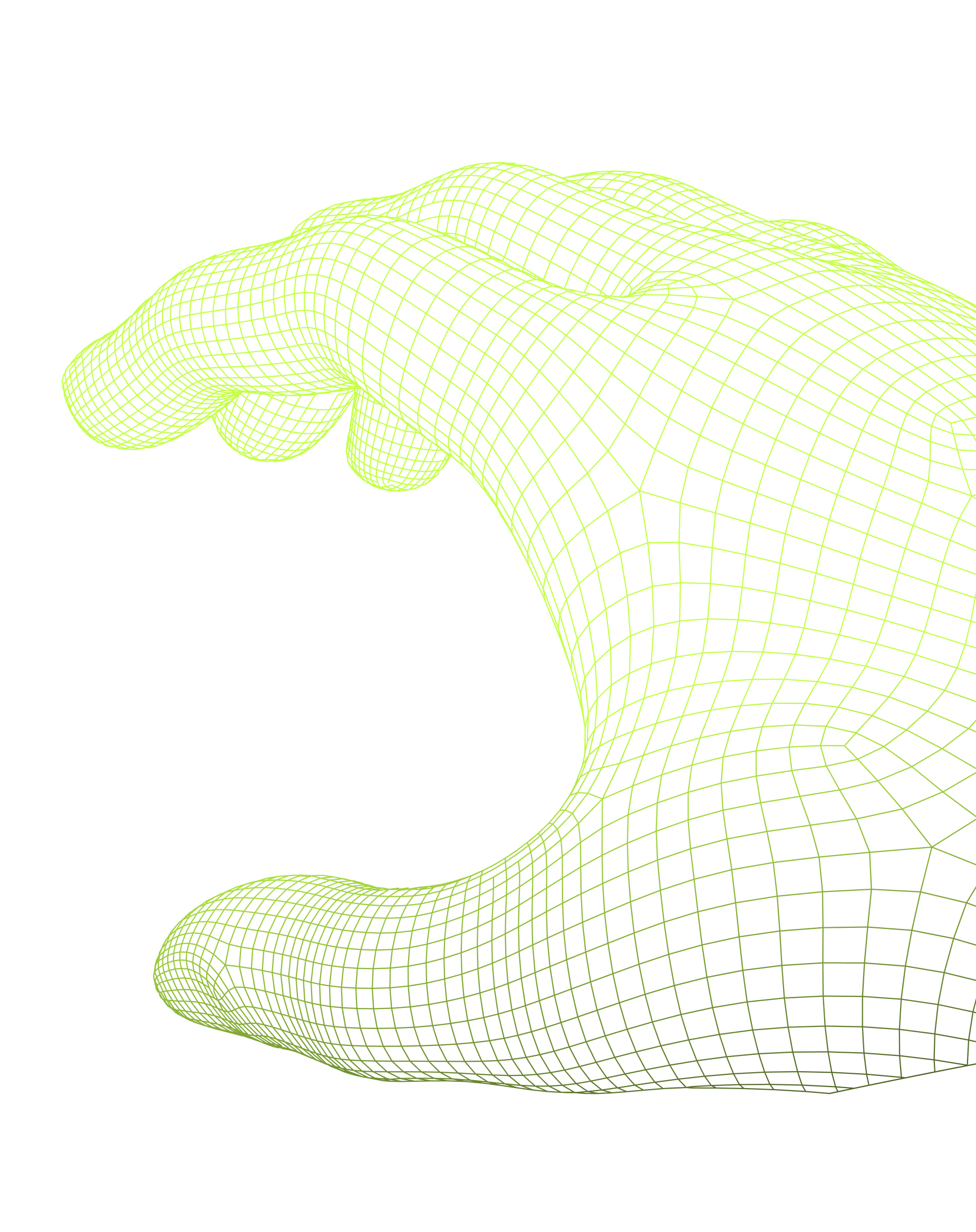
First
Time-Based
Lending
Protocol


OUR VISION
Revolutionizing Defi Lending by Parameterizing Time
Our vision is to revolutionize the DeFi lending industry by creating a pioneering time-based lending protocol. This protocol will not only enhance the efficiency of every borrowing interaction within the DeFi sphere but also assure predictability, capital optimization, and transparency.

THE MISSION
Fostering Efficiency Through Innovation
In an industry where efficiency is often lacking, we're pioneering a shift towards time-bound leverage and auto-enforcement. I built this website to bring forth an innovation in the sector of DeFi lending...the fastest growing sector in the modern era after Artificial Intelligence.
Core
Objectives

Technology Stack

Cutting-Edge Technology Stack
In our pioneering initiative, we deploy a strategic technology stack purpose-built for our blockchain-integrated RNG engine. Each element is meticulously chosen for robustness, scalability, and security, ensuring our architecture is equipped for the present and architected for the future.
Cadence & Flow Framework
Node.js provides the runtime for our server-side application, chosen for its non-blocking I/O model and event-driven architecture, enabling efficient handling of concurrent requests. We use NestJS for its modular structure, allowing clean, maintainable code and scalability, ideal for the high-throughput demands of a blockchain-based Chrono engine.
Security Tools (Trail of Bits, Dapper Labs Audits)
(MythX, OpenZeppelin)
Security is paramount in our technology stack. We use MythX for automated security analysis of Ethereum smart contracts and OpenZeppelin for a library of secure, community-vetted contracts. These tools ensure our Chrono platform's contracts are robust, safeguarding the integrity of the analysis outcomes.
Flow Smart Contracts (Cadence)
Our platform uses Ethereum smart contracts written in Solidity, a language tailored for blockchains. These contracts encode Chrono logic into Ethereum, prioritizing transparency and security. Solidity allows us to encode complex rules and algorithms for proposal analysis, providing a transparent ledger for every recommendation's immutability and accountability.
Scheduled Transactions (Flow Native)
We integrate Chainlink VRF as the backbone of our provably fair analysis generation. It offers verifiable outcomes with cryptographic proof of integrity, crucial for governance applications like voting recommendations. This ensures outcomes are transparent, tamper-evident, and verifiable by all parties involved, setting it apart from traditional voting methods.
Flow.js / FCL (Flow Client Library)/
Ether.js
We use Web3.js and Ethers.js to interface with the Ethereum blockchain, managing communications between the network and our applications. Web3.js provides extensive features, while Ethers.js offers a modular, user-friendly approach. Together, they ensure seamless, secure interactions for precise execution of Chrono operations.
OUR
ROADMAP

[Week 01]
Project Validation and Conceptual Foundations
Q1:Market Analysis and Initial Validation
Conduct in-depth market analysis to assess demand and viability for AI-driven proposal analysis in blockchain governance.
Initiate validation of the Chrono concept, exploring existing DAO and blockchain governance landscapes and potential integration challenges.
Q3:Technical Blueprint Development
Develop a technical blueprint detailing the Chrono mechanism, its blockchain integration, and the preliminary architecture of smart contracts for proposal analysis.
Commence development of the core RNG mechanism, incorporating blockchain technology's capabilities for transparency and security.
Q4:Concept Refinement and Prototype Planning
Refine the concept based on feedback and insights from the white paper circulation and community interactions.
Lay out the plans for a functional prototype to demonstrate the RNG engine's capabilitiesand potential applications.
Q2:White Paper Release and Community Engagement
Publish a detailed white paper outlining our vision, technology, and impact on blockchain governance to foster community interest and garner early feedback.
Engage with the DAO and blockchain governance community for initial reactions and establish a network of potential collaborators and users.
[Week 02]
Beta Development and
Platform Engagement
Q1-Q2:Prototype Development and Iteration
Develop and iterate the Chrono prototype, integrating feedback and leveraging blockchain technology to enhance the system's accuracy and reliability.
Begin internal testing phases to validate the Chrono's performance and security standards.
Q4:Public Beta Launch and Integration Development
Launch the public beta and focus on integrating with DAO platforms, attracting developers and fostering an ecosystem around Chrono.
Begin developing a showcase game that utilizes our RNG technology to illustrate the engine's utility and serve as a benchmark for potential game developers.
Q3:Community-Led Beta Testing
Release the beta version of Chrono to a closed group within the community for testing, gaining valuable user insights and further feedback.
Continue to refine the system, address any issues, and improve functionality based on the beta testing results.
[Week 03]
Public Release and
Casino Brand Inception
Q1-Q2:Community Growth and Public Release Preparation
Focus on growing the developer community around Chrono, offering support and resources to encourage adoption and innovation.
Prepare for the entire public release of Chrono, including comprehensive documentation, developer tools, and extensive support channels.
Q4:Prepare Yield Brand
Prepare governance brand for Chrono, focusing on R&D to ensure the platform attracts communities valuing transparency and informed decision-making.
Q3:Public Release and Ecosystem Development
Officially release Chrono to the public, allowing for open access and encouraging the development of governance tools on the platform.
Foster an innovative ecosystem, supporting developers as they build and deploy voting and analysis tools utilizing Chrono.

.png)
